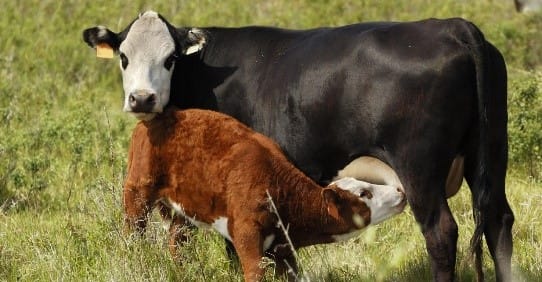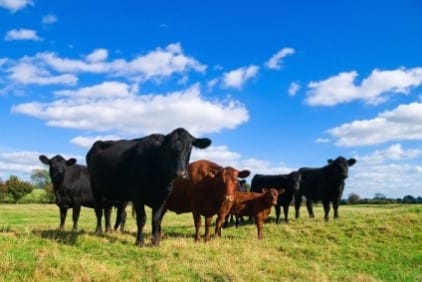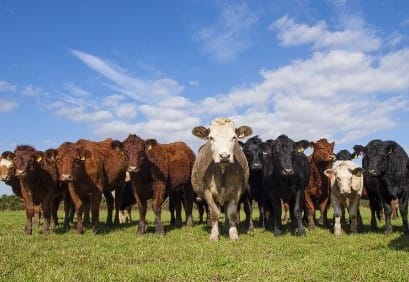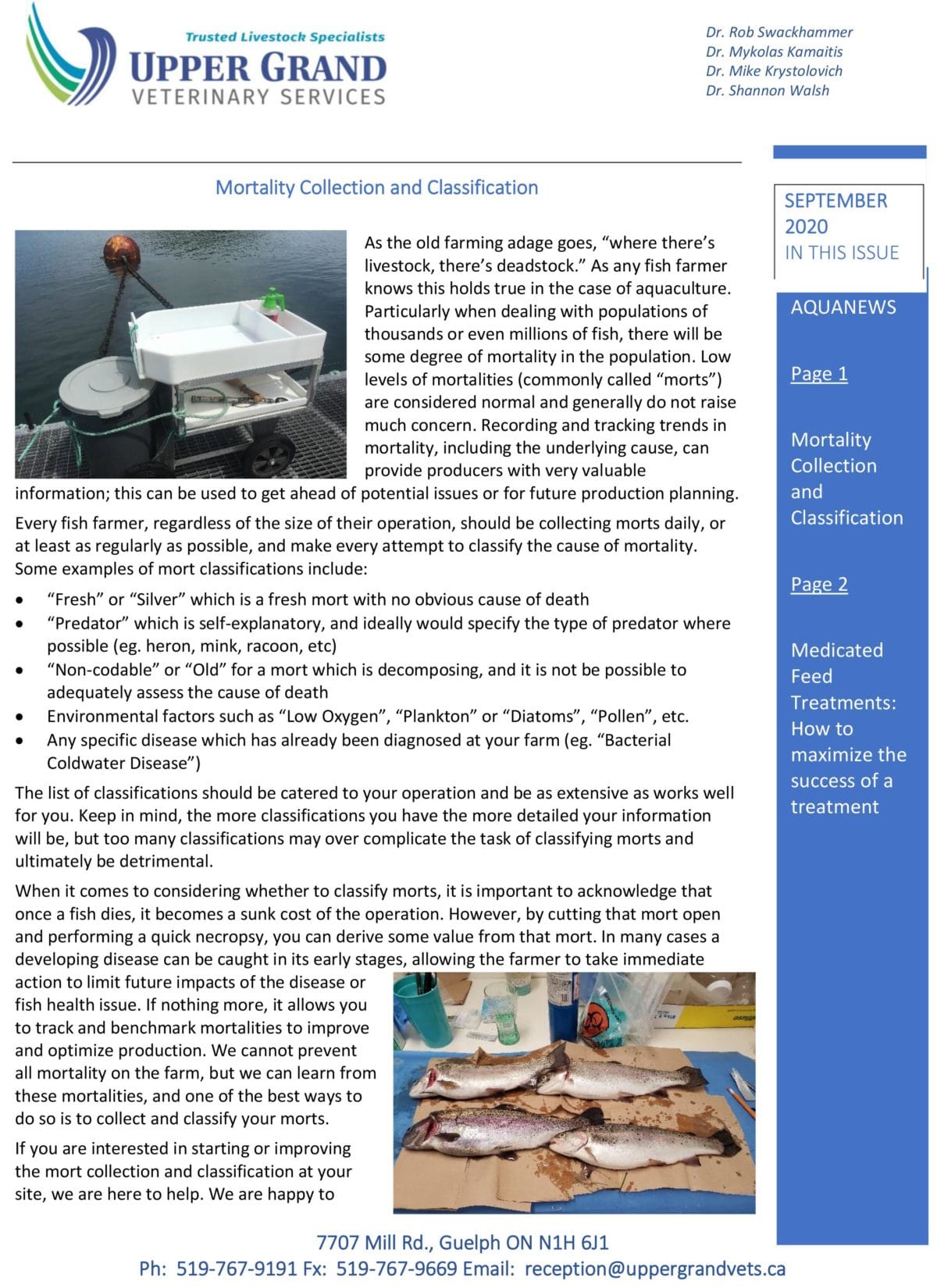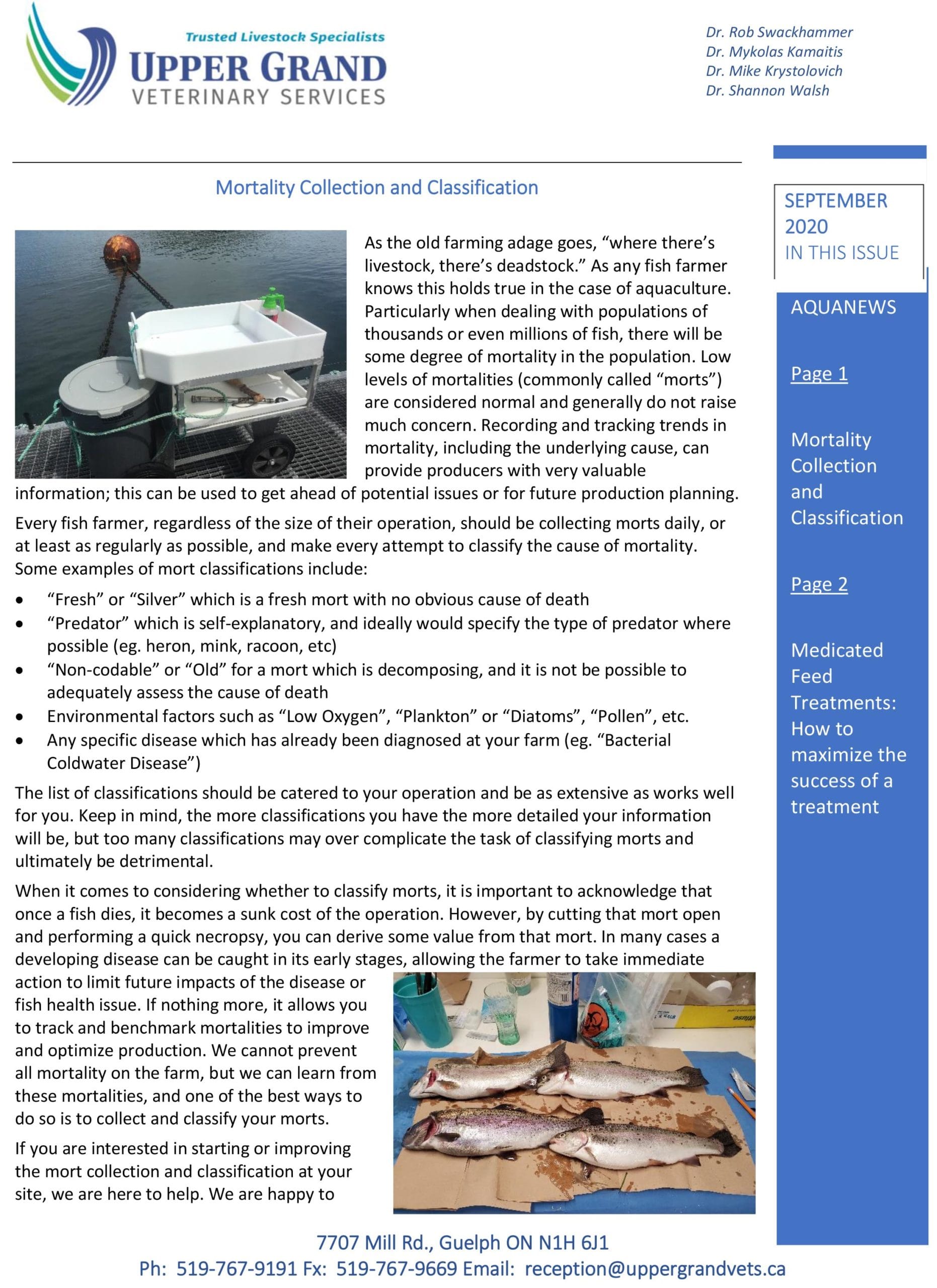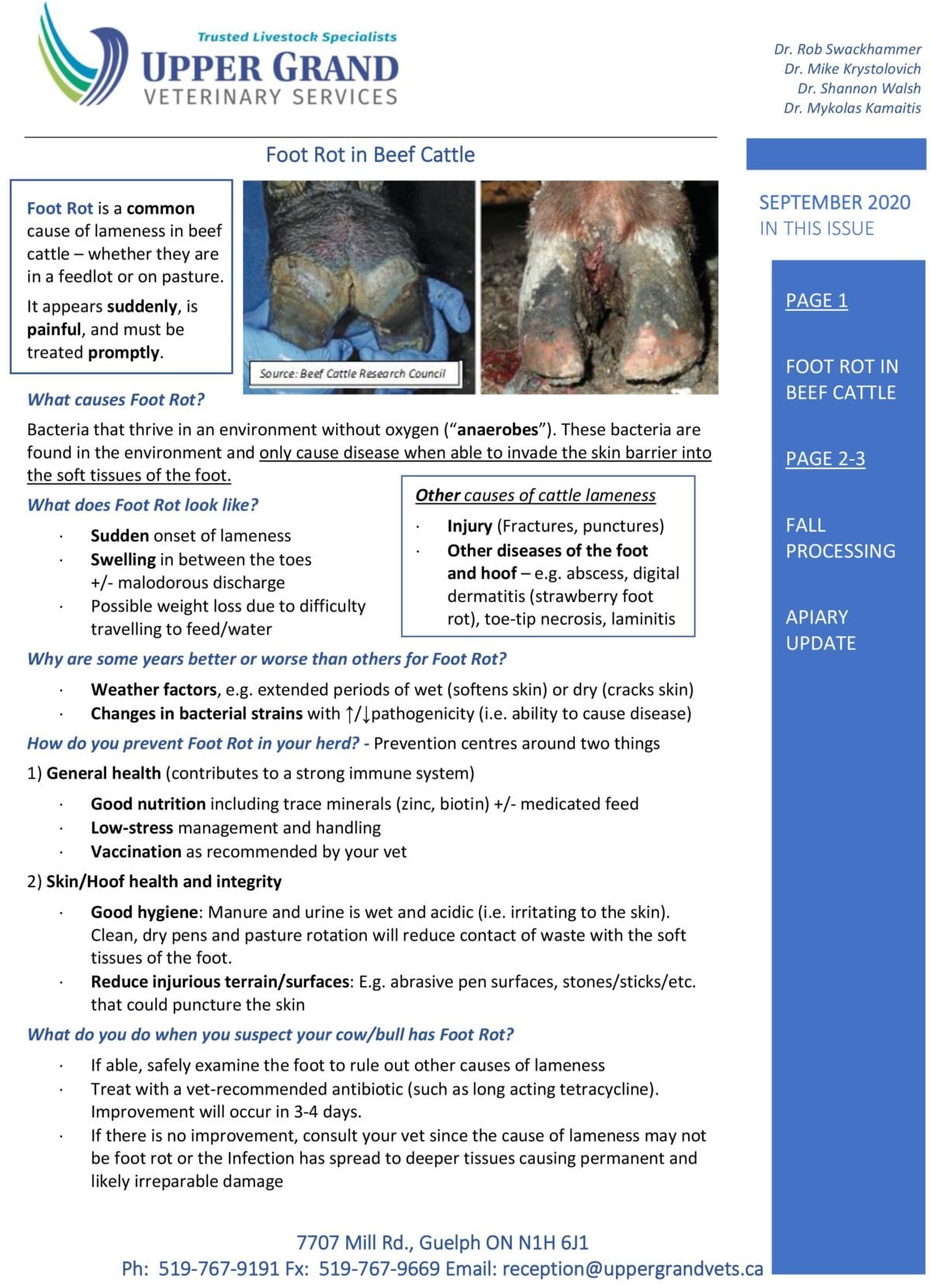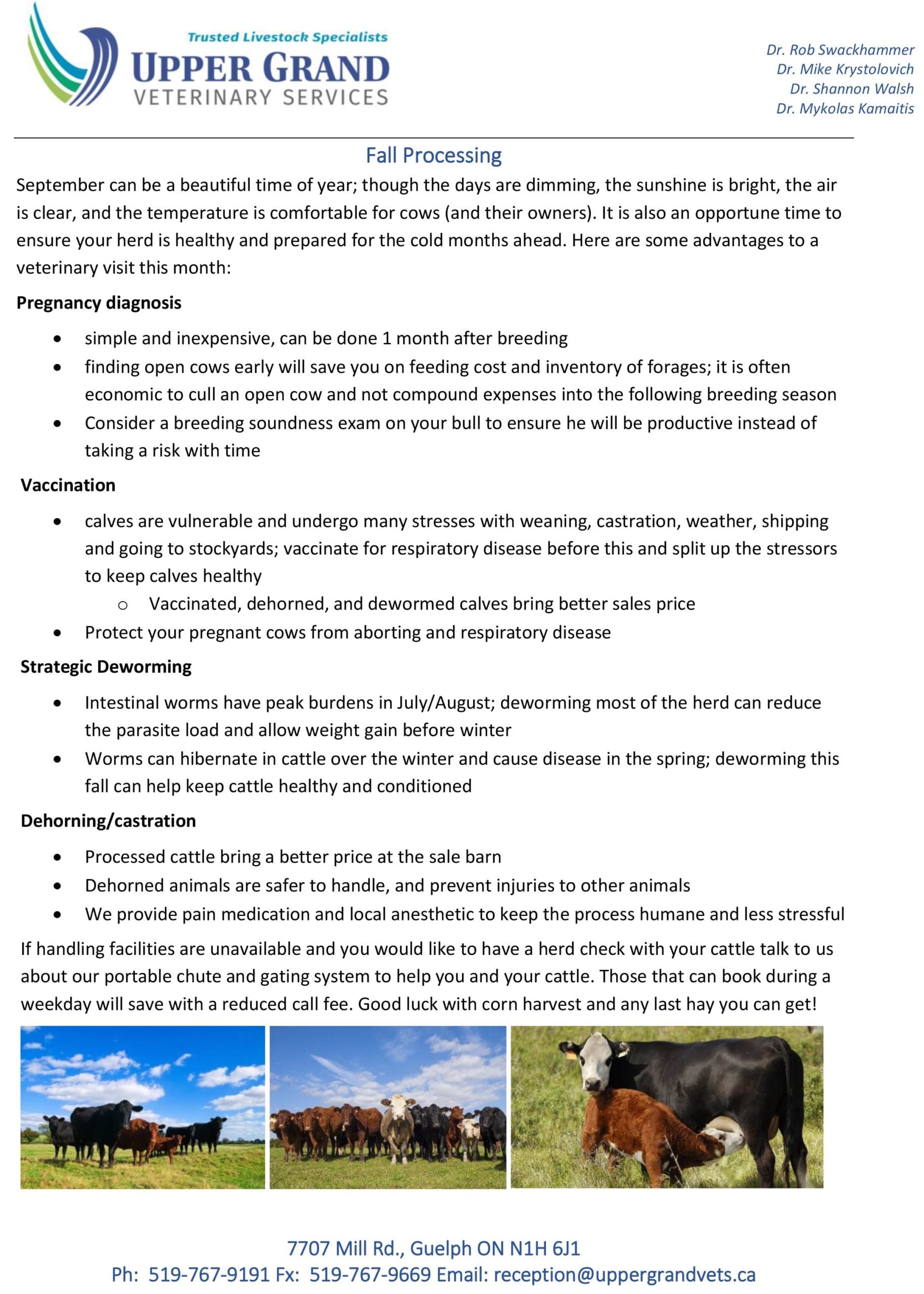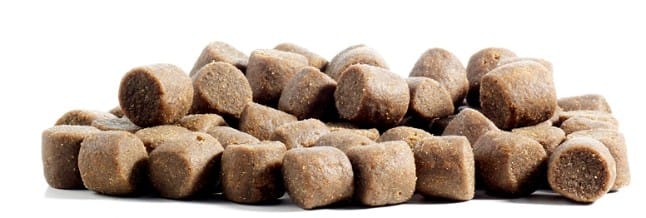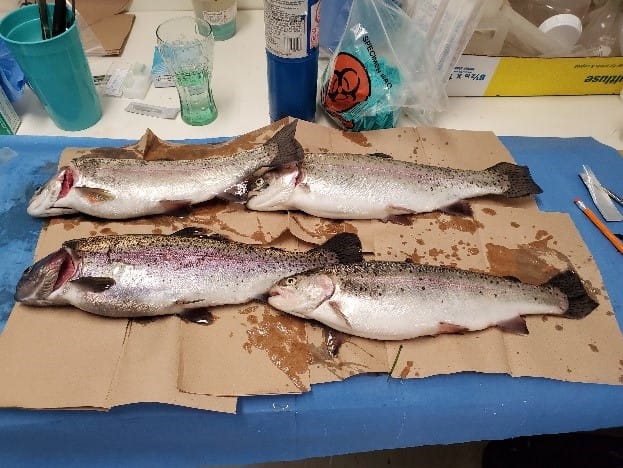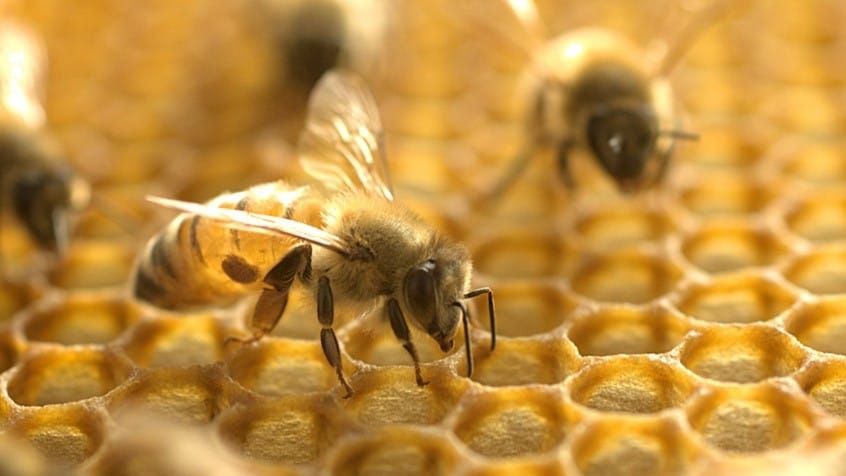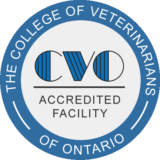Fish farmers and veterinarians alike do what they can to keep fish healthy and productive. Potential problems are minimized by practicing sound fish health management, such as minimizing negative environmental factors, applying the principles of biosecurity, collecting and classifying morts to get ahead of potential issues, etc. However, issues may arise even with our best efforts put forward. In the case of bacterial infections, we may need to turn to using in-feed antibiotics. Here are some important considerations when preparing for a medicated feed treatment:
- Take time to consider and provide your veterinarian with the most accurate information possible on all the variables that go into a medicated feed calculation. This will help your veterinarian optimize the treatment plan and maximize the chance of success. Some of the main variables which will impact your treatment include:
- Average size and total number of fish to be treated (which is used to calculate the biomass).
- Daily feed rate – try to be as accurate as possible, but it is better to underestimate than to overestimate. If it is variable, let your veterinarian know so that they can account for this in their calculations.
- Feed mixing – will you be mixing your own medicated feed or will a feed mill prepare it for you?
- Past treatment results – have things gone well or have you had issues with treatment efficacy?
- Water temperature – it could impact the meat withdrawal time of the treatment.
- Ensure your fish hit their minimum daily feed rate to achieve the minimum required dosage of medication. Most antibiotics have a wide safety margin and in general, it is better to give your fish more than not enough medication on a given day of treatment to limit the development of antimicrobial resistance.
- Feed medicated feed exclusively throughout the treatment! In other words, do not ever “top up” with non-medicated feed if you think your fish are still hungry. In most cases you are fine to top up with more medicated feed unless your medication is in tight supply and you will not have enough on hand to achieve the minimum feed rate for each day of the treatment.
As always, please consult your veterinarian if you have any questions or concerns – it is much better to ask your vet before or during a treatment rather than discussing concerns or questions after the treatment is finished.
If you have any questions on these or other topics, please do not hesitate to contact our Veterinarian Dr. Mykolas Kamaitis.
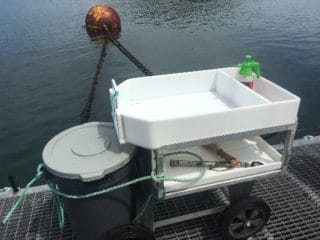 As the old farming adage goes, “where there’s livestock, there’s deadstock.” As any fish farmer knows this holds true in the case of aquaculture. Particularly when dealing with populations of thousands or even millions of fish, there will be some degree of mortality in the population. Low levels of mortalities (commonly called “morts”) are considered normal and generally do not raise much concern. Recording and tracking trends in mortality, including the underlying cause, can provide producers with very valuable information; this can be used to get ahead of potential issues or for future production planning.
As the old farming adage goes, “where there’s livestock, there’s deadstock.” As any fish farmer knows this holds true in the case of aquaculture. Particularly when dealing with populations of thousands or even millions of fish, there will be some degree of mortality in the population. Low levels of mortalities (commonly called “morts”) are considered normal and generally do not raise much concern. Recording and tracking trends in mortality, including the underlying cause, can provide producers with very valuable information; this can be used to get ahead of potential issues or for future production planning.
Every fish farmer, regardless of the size of their operation, should be collecting morts daily, or at least as regularly as possible, and make every attempt to classify the cause of mortality. Some examples of mort classifications include:
- “Fresh” or “Silver” which is a fresh mort with no obvious cause of death
- “Predator” which is self-explanatory, and ideally would specify the type of predator where possible (eg. heron, mink, racoon, etc)
- “Non-codable” or “Old” for a mort which is decomposing, and it is not be possible to adequately assess the cause of death
- Environmental factors such as “Low Oxygen”, “Plankton” or “Diatoms”, “Pollen”, etc.
- Any specific disease which has already been diagnosed at your farm (eg. “Bacterial Coldwater Disease”)
The list of classifications should be catered to your operation and be as extensive as works well for you. Keep in mind, the more classifications you have the more detailed your information will be, but too many classifications may over complicate the task of classifying morts and ultimately be detrimental.
When it comes to considering whether to classify morts, it is important to acknowledge that once a fish dies, it becomes a sunk cost of the operation. However, by cutting that mort open and performing a quick necropsy, you can derive some value from that mort. In many cases a developing disease can be caught in its early stages, allowing the farmer to take immediate action to limit future impacts of the disease or fish health issue. If nothing more, it allows you to track and benchmark mortalities to improve and optimize production. We cannot prevent all mortality on the farm, but we can learn from these mortalities, and one of the best ways to do so is to collect and classify your morts.
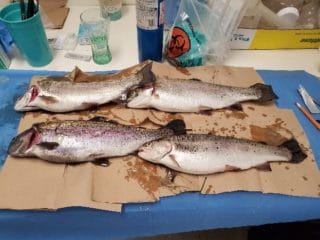 If you are interested in starting or improving the mort collection and classification at your site, we are here to help. We are happy to assist with developing and implementing mort classification protocols or reviewing and optimizing the protocols you already have in place. We also offer hands-on necropsy and mort classification training so that you can feel confident classifying and tracking your mortalities. As always, we are here to help drive continual improvement in your production and fish health management.
If you are interested in starting or improving the mort collection and classification at your site, we are here to help. We are happy to assist with developing and implementing mort classification protocols or reviewing and optimizing the protocols you already have in place. We also offer hands-on necropsy and mort classification training so that you can feel confident classifying and tracking your mortalities. As always, we are here to help drive continual improvement in your production and fish health management.
If you have any questions on these or other topics, please do not hesitate to contact our Veterinarian Dr. Mykolas Kamaitis.
Did you know that UGVS now offers honeybee health management and veterinary care? With a growing number of small-scale beekeepers and a need for veterinary care, we are excited to get involved in Ontario’s apiculture industry. As always, we are committed to supporting the production of a safe and sustainable food supply and are excited to work with Ontario’s beekeepers!
With summer almost over, it is a good time to start thinking about overwintering your bees. Winter can be a tough time for bees, and it is important to prepare them for the cold months, ensuring you maximize their health and survivability. Here are some recommendations heading into winter:
- Go into winter with a healthy hive
- Stay on top of mite numbers as much as possible and if you have not done so already, check for mites in the late summer/early autumn; treat as needed
- Ensure your queen is laying well and requeen your colony with a young and fertile queen if you have any concerns with the performance of your current one
- Install entrance reducers and close any screened bottom boards to limit drafts and pests from entering
- Limit wind exposure of your hives as much as possible by installing wind breaks or moving your hives to a more sheltered area
- Manage moisture levels in the hive by giving your bees access to an upper hive entrance and tilt the hive forward to enable draining of any water in the hive
- Feed your colonies with a 2:1 (70%) sugar syrup and ensure they have 3-6 frames of pollen going into winter
- Treat for American Foul Brood – talk to your veterinarian for more information on this
- Wrap your hives with winter wrapping or insulation for the duration of winter
If you would like more information on how to prepare your bees for winter or any other apiculture or honeybee health questions, please do not hesitate to contact our clinic.
If you have any questions on these or other topics, please do not hesitate to contact one of our Veterinarians.
September can be a beautiful time of year; though the days are dimming, the sunshine is bright, the air is clear, and the temperature is comfortable for cows (and their owners). It is also an opportune time to ensure your herd is healthy and prepared for the cold months ahead. Here are some advantages to a veterinary visit this month:
Pregnancy diagnosis
- simple and inexpensive, can be done 1 month after breeding
- finding open cows early will save you on feeding cost and inventory of forages; it is often economic to cull an open cow and not compound expenses into the following breeding season
- Consider a breeding soundness exam on your bull to ensure he will be productive instead of taking a risk with time
Vaccination
- calves are vulnerable and undergo many stresses with weaning, castration, weather, shipping and going to stockyards; vaccinate for respiratory disease before this and split up the stressors to keep calves healthy
- Vaccinated, dehorned, and dewormed calves bring better sales price
- Protect your pregnant cows from aborting and respiratory disease
Strategic Deworming
- Intestinal worms have peak burdens in July/August; deworming most of the herd can reduce the parasite load and allow weight gain before winter
- Worms can hibernate in cattle over the winter and cause disease in the spring; deworming this fall can help keep cattle healthy and conditioned
Dehorning/castration
- Processed cattle bring a better price at the sale barn
- Dehorned animals are safer to handle, and prevent injuries to other animals
- We provide pain medication and local anesthetic to keep the process humane and less stressful
If handling facilities are unavailable and you would like to have a herd check with your cattle talk to us about our portable chute and gating system to help you and your cattle. Those that can book during a weekday will save with a reduced call fee. Good luck with corn harvest and any last hay you can get!
If you have any questions on these or other topics, please do not hesitate to contact one of our Veterinarians.
